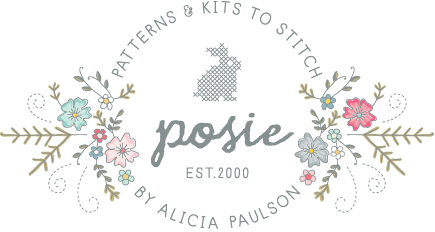Blocking is a process of gently stretching your finished knitted or crocheted items and then treating them with water or steam so that the fibers relax and the piece becomes all nice and soft and smooth and untroubled (instead of the taut, anxious little curled up thing it seems to want to be after it comes off your needles or hook). Blocking is like Ativan for yarn. What follows is not the only way to block, but it is the way I block everything I make.
I recently got a blocking board. I had wanted one for quite a while and just hadn't gotten around to making the effort, but for something like a blanket that is on such an obvious grid, this board was invaluable. Please note: I didn't do a lot of research because, as you know, my goal with major purchases isn't to get the smartest or the best or the best value or anything mature and reasonable like that — that's so not my style. My goal is generally to get the whole purchasing experience over with as quickly as possible. But I ran into this (large size) blocking board from Custom Knits Manufacturing and it worked very well, and I am happy with it. So please take that for what it's worth.

To begin blocking, lay the board out on a table — you are going to be spraying water here, so make sure it is a work table or a waterproof surface (or even a bed, which can take getting damp and will dry just fine). This is the beat up work table that we use for stuff like this, and it is great to have (and will save your back, as opposed to the bed). Place your blanket on the board at the "zero" corner. My gauge for these grannies was 3.5" (9cm) per square, with a 1" (2.5cm) border.

I used fine, sharp 1 1/4" (3cm) nickel-plated (so they won't rust) T-pins, which you can get at any fabric store. (Get 200 of them; I used more than 100 for this.) I pushed the squares around a bit so that I could place a pin on the seam between every two squares while keeping each square to gauge.

Keep pinning all the way down the length of one side, placing pins every 3.5".

The nice thing about the blocking board is that you can turn the board 90 degrees, then begin pinning down the next length.

Go all the way around. I was tugging on this a bit on the third and fourth side; just be sure you are moving the blanket toward the edges from the middle, and not just pulling on the edges and stretching them out of shape.

You can see how it wants to spring back in toward the center. But that's okay. Once it gets its water bath, it will chillax and be happy.

Here comes the water bath. Spray spray spray until it is all nice and saturated. Don't worry, you won't felt the yarn — you'd need heat and agitation for that. Just add water by spraying in an even layer until you can see that your work is dampened through (you can see that it looks all fuzzy here).

Then go back in and finish pinning down the edges, every inch or so, until you have nice smooth lines without obvious puckers toward the center. Then give it another little spray for good measure, clean off the table, and leave it to sit until it's completely dry (overnight, at least — this one took two days).

Oooo, and it's so, so much fun to unpin it. Just you wait.
